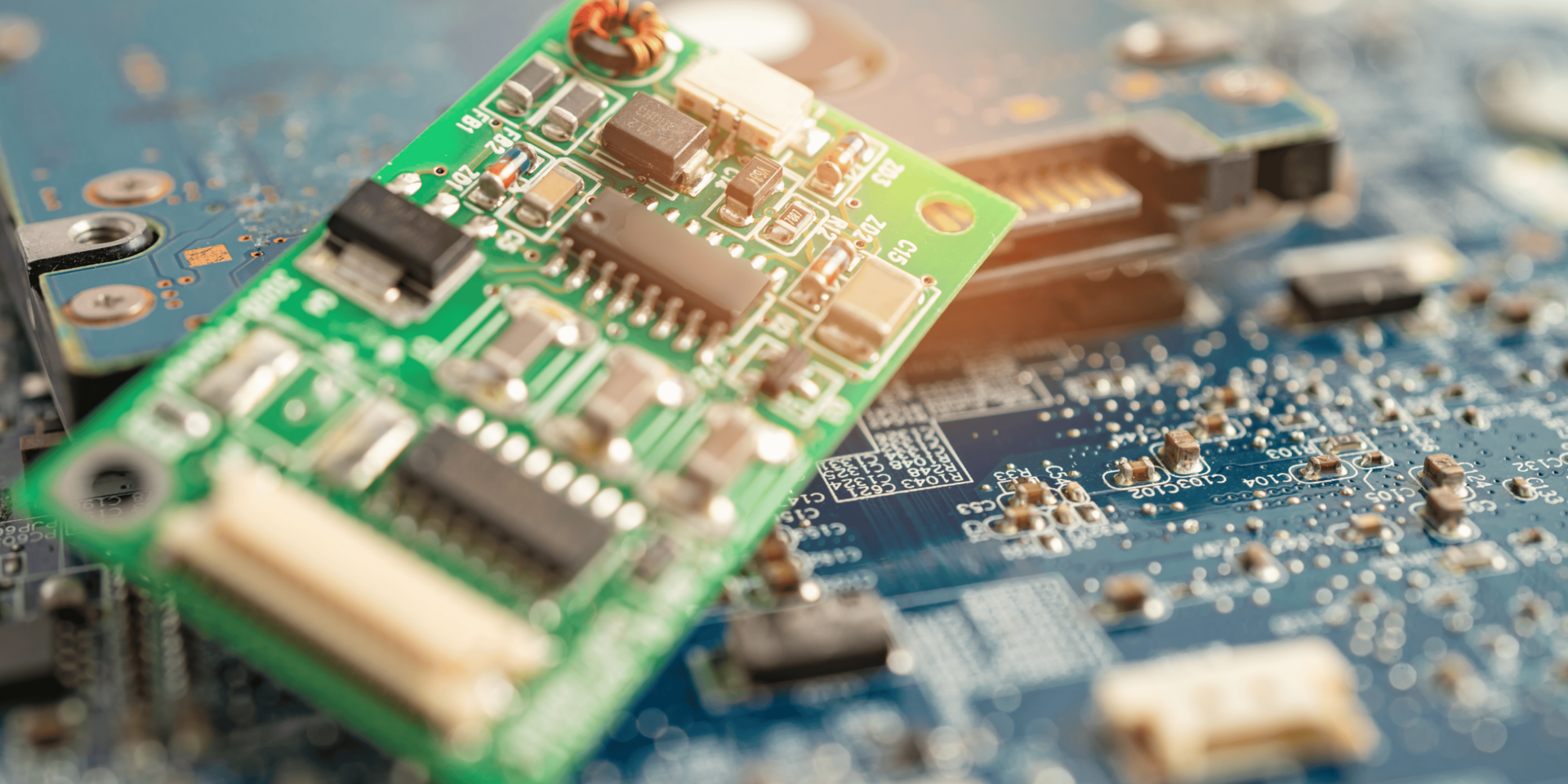In a world of high-speed processors and seamless interfaces, tech design continues to borrow heavily from the past. Aesthetic nostalgia shapes the way users engage with modern devices, creating emotional connections through visual and tactile cues from earlier eras of technology.
Retro Elements in Contemporary Hardware
Many devices today feature design elements that recall earlier tech forms. Chunky buttons, colored LEDs, and chrome finishes bring back the look and feel of vintage electronics. These details aren’t just decorative. They serve to bridge familiarity and innovation, making new technology feel more approachable by referencing tools people once knew and trusted.
Why Users Respond to Familiar Tech Aesthetics
Familiar design cues create emotional responses. People often associate older tech with personal memories or cultural moments. When devices reflect those aesthetics, users feel a sense of recognition. This emotional tie can enhance usability, making modern technology feel less sterile and more relatable.
Interface Design Embraces the Analog Past
Even digital interfaces show signs of aesthetic nostalgia. Some apps and operating systems incorporate skeuomorphic elements—icons and layouts that mimic physical objects. Dials, sliders, and typewriter fonts appear in interfaces to evoke the look and feel of analog tools. This style helps bridge the digital gap, grounding abstract functions in recognizable visuals.
A Realistic Scenario: Designing a Retro-Inspired User Interface
Imagine a team creating a new music app. Instead of using flat, minimal icons, the designers include a spinning reel animation, rotary-style volume controls, and faded textures in the background. The interface feels like an old tape deck, but it runs with modern speed and reliability.
Users tap into this experience not because it replicates the past exactly, but because it interprets it through today’s lens—making the interaction both nostalgic and intuitive.
Color and Typography Reconnect with the Past
Muted tones, pixel-style fonts, and neon accents frequently appear in retro-inspired tech design. These choices reflect the look of early digital displays, arcade screens, and 1980s-style interfaces. Designers use these elements not just to mimic but to reinterpret retro culture for a modern audience, layering history into functionality.
Sound Design Recreates the Vintage Feel
Sound plays a major role in aesthetic nostalgia. Clicks, beeps, and startup tones mimic those of older machines. These sounds can signal function while also triggering recognition. When used intentionally, retro audio cues reinforce the overall mood of a device, adding dimension to how users experience the product.
Physical Design Anchors Digital Experience
Nostalgic tech design often goes beyond screens. Devices with knobs, switches, or ridged edges echo the form and function of past tools. These tactile features make devices easier to use without looking and give them a physical identity that stands out in a sea of smooth, touch-based gadgets.
Nostalgia Balances Innovation and Memory
As technology moves forward, nostalgia serves as a balancing force. Designers can introduce new features while grounding them in familiar aesthetics. This balance helps users accept change more easily. Rather than forcing people to adapt to cold, unfamiliar systems, nostalgia softens the experience and creates a smoother transition.
Cultural Memory Shapes Product Design
Designers often draw on cultural memory—shared experiences shaped by music, film, and earlier technologies. These references add meaning to design choices. A translucent shell might remind users of 90s game consoles. A curved screen could recall the shape of old CRT monitors. These cues invite users to see devices not just as tools, but as part of a larger story.
Designing the Future by Remembering the Past
Aesthetic nostalgia in tech design brings depth to digital experiences. It transforms devices from simple tools into meaningful objects. By weaving past visuals, sounds, and forms into new technology, designers create stronger emotional bonds with users. These choices are not about going backward, but about carrying something valuable forward—reminding us that innovation and memory can exist side by side.
